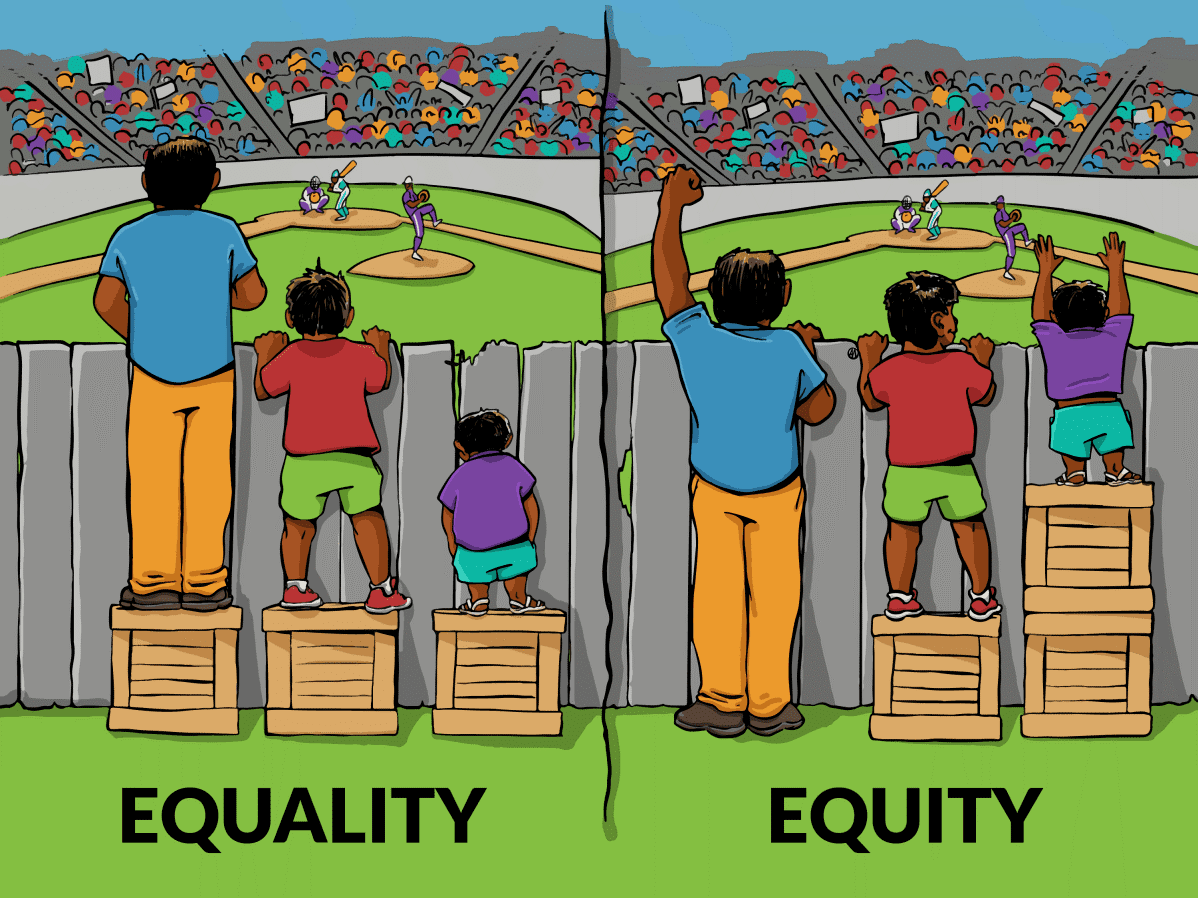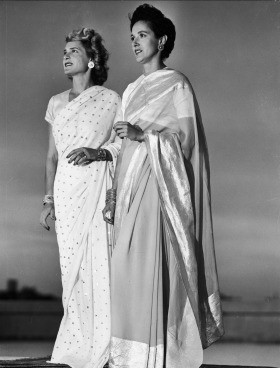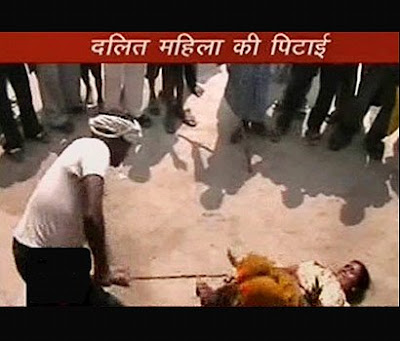Dr. Ravichandran Bathran
Old wine in a new bottle: the present reservation is nothing but a reservation policy exclusively for the upper caste Hindus. Protests demanding reservation and stalling the government’s day to day life has been a frequent affair in different states. As a response to these violent protests, the different state governments provided reservation without due process and these were struck down.The present policy though is an infringement on the current reservation policy provided to SC/ST/OBCs, which was based on facts and had a vision for an equal society. The new policy has formalized caste as a permanent category for all.
In the past, the Supreme Court struck down policies that did not meet then existing reservation guidelines. Article 15 (4) of the Constitution grants the state the power to make special provisions for the advancement of the socially and economically backward, SC/STs. Article 15 (5) argues in favour of provision of reservation in education institutions including private schools and colleges. In this background the caste Hindus were never eligible to be qualified as socially backward. The present central government has introduced 124th amendment to the Constitution of India allowing special provision for the advancement of any economically weaker sections other than the classes mentioned (SC/ST/OBC) in clause 4 and 5. The reservation would be in addition to the existing reservations and subject to a maximum of ten percent of the total seats in each category. With the present bill, the government could certainly take credit for addressing the long pending demand from caste Hindus such as Marathas, Patels, Jats etc. If demonetisation was introduced as a shock to all, two months prior to the Uttar Pradesh elections, the quota for ‘economically weaker section’ is introduced three months before the Parliamentary elections. Only time would show whether like demonetisation, which shook the opposition parties in UP, this 10% quota will enable BJP to return to power in 2019.
Many in the media, political parties and public opinion, have welcomed reservation for caste Hindus. The same people on the contrary opposed Mandal commission reservation based on caste. Now instead of arguing that this is reservation for caste Hindus, it is argued as a quota for ‘economic backwardness’ or that it is caste neutral. The newly introduced reservation policy leaves many unanswered questions. Most importantly, I argue it has diluted the essence of reservation policy itself.
India has continuously witnessed protests from castes such as Marathas, Patels, Jats etc demanding reservation. Whenever such demands were allowed by governments they were challenged in court and the Supreme Court has taken them down citing the social backwardness criteria required. Until this recent amendment, the constitution allowed reservation only for the socially and educationally backward castes. With the new clause of economically weaker sections, the government is planning to address the demands of Marathas, Patels etc. However, until now there are no clear guidelines on who these weaker sections are? It is also not sure whether the government is creating a separate caste block other than SC/ST/OBCs. However, the bill in the present form doesn’t refer to caste but only includes ‘economic weaker sections’ in Article 15 and 16 .
By January 9th, both the houses of Parliament had passed the 124th amendment to Constitution of India which allows 10% quota for the ‘advancement of “economically weaker sections”’. The bill was introduced on the last day of the house and the house was extended by a day to pass the bill. As many argued in the house, the bill did not go through a standing committee and was directly placed before the house.
So the bill was hastily presented in the house. However in the last two days many members opposed the bill arguing that it did not go through due process, but they voted in favour of the bill. The only opposition was seen on Facebook and Twitter. Who are the ‘economically weaker sections’ referred in the bill? Before that, certain things have to be set straight. Many newspapers and the discussion in the parliament equated ‘General Category’ to castes. There is a problem in such reference because it is a misreading of the existing reservation policy. For long the reservation debate has moved away from the vision of the policy to protect SC/ST/OBC from harassment to upliftment of SC/ST/OBC. The other prominent argument is that it’s provided to undo the past wrongs. These were never the intention of the makers of the constitution.
The beneficiaries of present reservation policies are in blocks–SC/ST/OBC categories only. General is not a category rather an open list that anyone can be part of General. General was never reserved for one particular group in principle. It was the vision of the constitution makers to bring all castes together in due course to the General list, paving the way to remove SC/ST/OBC. Which in a way is a list without discrimination based on caste? But the caste society since the inception of the policy deliberately perceived and practices General as a category on par with the SC/ST/OBCs. A recent example would be the Delhi University admission episode where SC/ST/OBC students’ applications were printed in different colours so that those who scrutinize the applications know who is from which caste. Dr. Hany Babu of University of Delhi has been fighting against this policy. Actually, General category is not another caste category; it is rather an open list, which means anyone including SC/ST/OBCs can compete for a position in it. In practice, the implementation is against the spirit of the constitution where they openly ask “you already have respective SC/ST/OBC exclusive reservation, why do you have to come under General?”
The first job of the Ambedkarite movement in different universities each academic year would be to monitor the implementation. Because most of the SC/ST/OBCs students who scored above the reserved cut-off would be pushed to reserved category than into general.
If there are 100 seats in which 50 are reserved, we will still have one exam and one marking system. The first list of marks would be prepared to fill the non-reserved seats, this can be anyone who wrote the exam including SC, ST OBC. The second list is prepared, the 50th person’s mark in the General list would be the cut-off mark for OBC/SC/ST. The policy was initially imagined as such because the caste Hindu society did not allow Dalits, even those qualified to teach. There are many examples of this, including Dr. Baba Saheb Ambedkar who was not allowed to teach in Law College, Bombay. So, the policy makers made a mandatory rule to protect reserved candidates from being thrown out by the caste Hindus who were already in higher positions. As we all remember Dalits were not allowed to get educated, they were abandoned. This rule ensured that the reserved students were not thrown out. This is the only viable method to bring security for the SC/ST category. Most importantly, in the the policy makers’ vision of a casteless India, or a society without discrimination, this policy was not seen as a permanent solution. So, within the policy, they said the General category is open not only for caste Hindus, but to all. The day when General list has all castes without discrimination the reservation given to SC/ST/OBC would fall apart. Until now we have only seen General category becoming rigid and more castes being put into the block of OBCs. The present view of general list as a category is the extreme level of this understanding that excludes SC/ST/OBC students.
The rationale behind reservations was not based on the situation as depicted in the picture below.
 The main purpose of providing reservation was to make sure that SC/ST were given equal treatment, because it was not the stool but the fence which was demarcated based on one’s caste. Most debates are around the stool than the fence itself. Until 2000, the reservation policy was not even implemented in many central universities and they claimed they did not find suitable students. The rising suicides of SC ST students in central universities are a result of such discrimination. The Death of Merit documentary is worth watching. It shows how SC students even after scoring marks on par with General list were still pushed into the SC category. To understand the blatant reality behind reservations is to look at the seating arrangement in buses.
The main purpose of providing reservation was to make sure that SC/ST were given equal treatment, because it was not the stool but the fence which was demarcated based on one’s caste. Most debates are around the stool than the fence itself. Until 2000, the reservation policy was not even implemented in many central universities and they claimed they did not find suitable students. The rising suicides of SC ST students in central universities are a result of such discrimination. The Death of Merit documentary is worth watching. It shows how SC students even after scoring marks on par with General list were still pushed into the SC category. To understand the blatant reality behind reservations is to look at the seating arrangement in buses.
The seat arrangements on a city bus in Chennai, like many other cities, remind me of the importance and the history behind reservation policy. Unlike other cities, in Chennai, the seats are divided by two rows, one for women and other one not categorised or labeled. Anyone can sit in unbranded seats, irrespective of gender. Since women have an exclusive sitting space, if men want to sit they can only sit on unbranded seats, which dosent mean this is reserved for men alone is to be reminded.
In all these years I have seen only one instances where a man argued to a woman sitting on a seat not reserved for anyone that these unreserved seats are not for women but for men. In practice mostly, these unwritten seats are unofficially reserved for men. Now why do women get their seats reserved while men don’t get reserved seats in these buses? It is not because they don’t have the energy to stand. This is one of the prominent explanation that women are not physical fit, this understanding still continues in the popular culture. It was one of the main reasons for women to be less paid than men. Many still believe this, at least hoping the readers of this article will know that this argument is built not on facts or any scientific findings but rather a very masculine understanding of gender. The division of seating in the bus was brought to stop women from being harassed by men in crowded buses. It is this very simple and similar reason SC/ST were provided reservation not because they are non-merit or unfit but because they have been stopped even after qualification. In other words the interviewer drew the finishing line based on caste of the student. If a dalit applied for a post there was no finishing line while for others there was. It is this very reason in most selection committees a reserved candidate is included to check whether the finishing line is drawn equally to all candidates.
Now if General is not a caste category then who are the economically weaker sections. Its widely conceived that the economic weaker sections are brahmins and castes that are not under the ambit of SC/ST/OBCs and I have to disagree as until now there is no clause that says the same.
~
Image courtesy internet.
~~~
The author is a Founder member of Dalit Camera.










